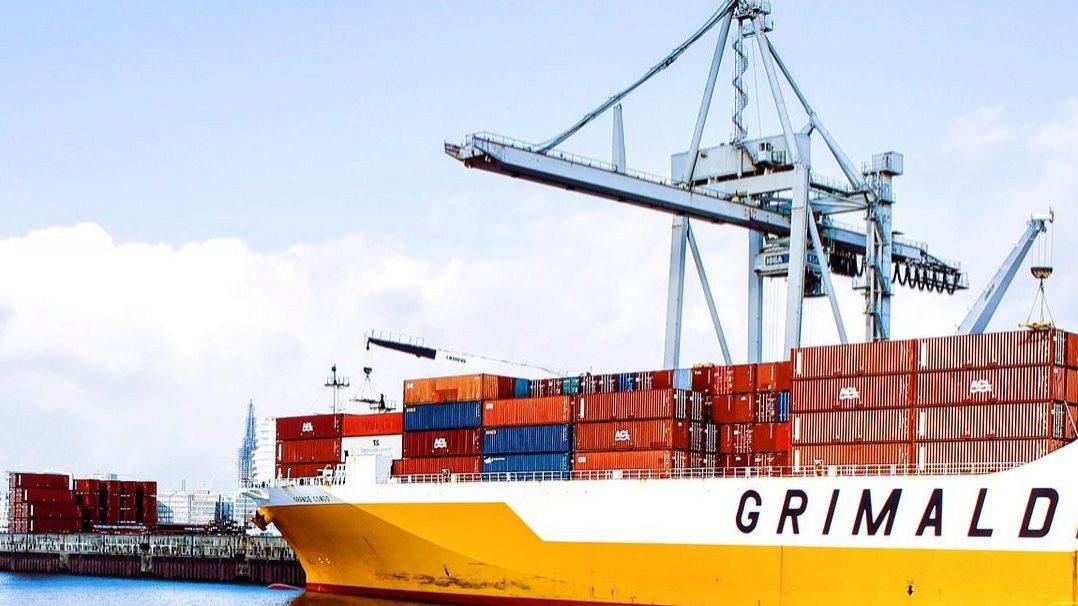Proportion of companies in operation rises to 90% in May
According to data released on Tuesday by Statistics Portugal (INE) and the Bank of Portugal, the number of companies operating in the first half of May in Portugal increased to 90%.
The proportion of companies operating in the first half of May in Portugal increased to 90%, from 84% in the previous fortnight, according to data released on Tuesday by Statistics Portugal (INE) and the Bank of Portugal (BdP).
According to the information provided, 90% of the companies that responded to the survey were operating, even partially, and 11% of the companies closed temporarily or permanently.
By sector, trade stood out, where the percentage increased from 84% in the previous fortnight to 92%.
The percentage of companies closed (temporarily or permanently) in the accommodation and restaurant sector continued to be significantly higher (56%).
Given the situation that could be expected without a pandemic, 77% of companies continued to report a negative impact on turnover.
“When comparing the first half of May with the second half of April, the vast majority of companies point to a stabilization (41%) or a small variation (41%) in turnover,” the data said.
The evolution of orders/clients was the main factor mentioned by companies with a reduction in turnover in this period, while the change in containment measures was the most cited reason by companies that reported increases.
Half (50%) of the companies reported reductions in staff working in the first half of May (58% in the previous half).
Regarding the second half of April, most companies did not report a change in the number of persons in service (70%), while among the remaining companies the percentage that reported an increase was slightly higher than the percentage that recorded a decrease.
Trade was where the highest percentage of companies with an increase in staff in service was recorded (22%).
The resumption of activity, according to data collected by INE/BdP, is conditioned by the hygiene and safety requirements demanded from companies.
In this context, they stated that a new survey issue points out that the unavailability of personal protection material, restrictions in physical space and high costs are the factors that make it more difficult to meet these requirements.
The reduction in the number of people in temporary layoff was the reason with the most positive impact referred to by the companies that reported an increase in the staff working (cited by 70% of the companies).
According to INE/BdP, 54% of the responding companies had people teleworking in the first half of May (58% in the week from April 27 to May 1) and 46% of the companies reported the existence of personnel working in alternate presence at the company premises due to the pandemic.
Excluding the simplified layoff, the proportion of companies that continued not to anticipate the use of support measures announced by the government increased again, reaching proportions between 52% and 61% depending on the measures.
Around 14% of companies in operation or temporarily closed down increased their recourse to credit in the first half of May, with the accommodation and restaurant sector having the highest percentage of companies in this situation (26%), followed by industry and energy (16%).
Of the companies that increased their recourse to credit, 84% reported an increase in financing from financial institutions and 48% reported growth in supplier credit.
In most cases, according to the companies, the new credits presented conditions like those previously practised.
The statistical data disclosed in this information note correspond to those collected by the Quick and Exceptional Business Survey in the week of 11-15 May 2020, concerning the first half of May 2020.
The survey was addressed to a wide range of micro, small, medium, and large enterprises representative of the various sectors of economic activity, the sample being 8,883 enterprises.
A total of 5,493 valid responses were obtained, representing an overall response rate of 61.8%. The responding companies represent 64.8% of the staff and 74.7% of the turnover of the sample.


